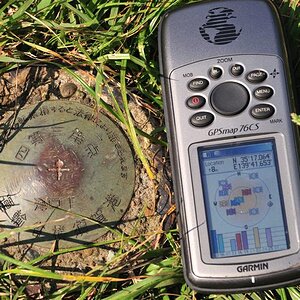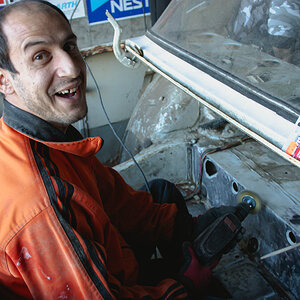- Joined
- Jul 8, 2005
- Messages
- 45,747
- Reaction score
- 14,806
- Location
- Victoria, BC
- Website
- www.johnsphotography.ca
- Can others edit my Photos
- Photos OK to edit
Now that the mega-pixel race is slowing down, and people aren't quite so impressed by more, more, more, and both companies now have both a full-frame pro body and pro-sumer body, what's the next big innovation for these two going to be? I'm not talking about a slightly faster FPS count, or marginally improved high ISO performance, but something big. I've been thinking about this for a little while now, and I'm thinking it's got to be in-body image stabilization.
Anyone agree? Disagree? What do you think?
Anyone agree? Disagree? What do you think?



![[No title]](/data/xfmg/thumbnail/37/37119-95714aab9befe33ecb7b951366bedc94.jpg?1619737883)


![[No title]](/data/xfmg/thumbnail/32/32631-60d0db057ee085953a0921e337396654.jpg?1619735552)


![[No title]](/data/xfmg/thumbnail/32/32808-9d1f657a1903d3bdbd67ea830397d62c.jpg?1619735668)




